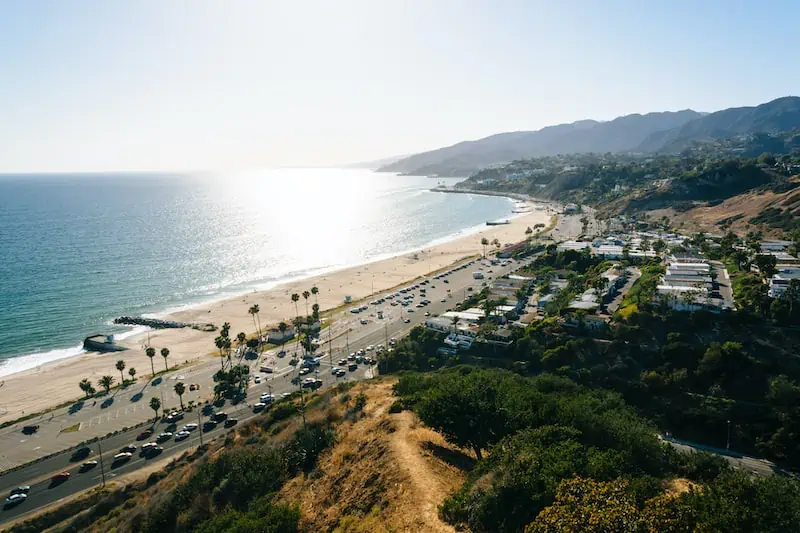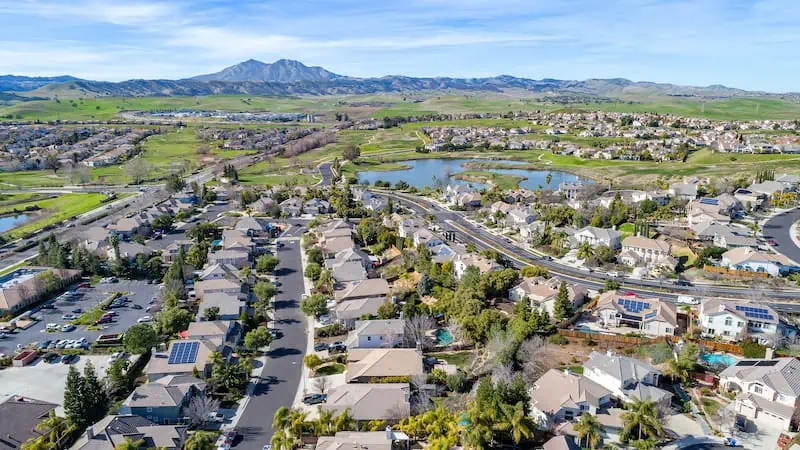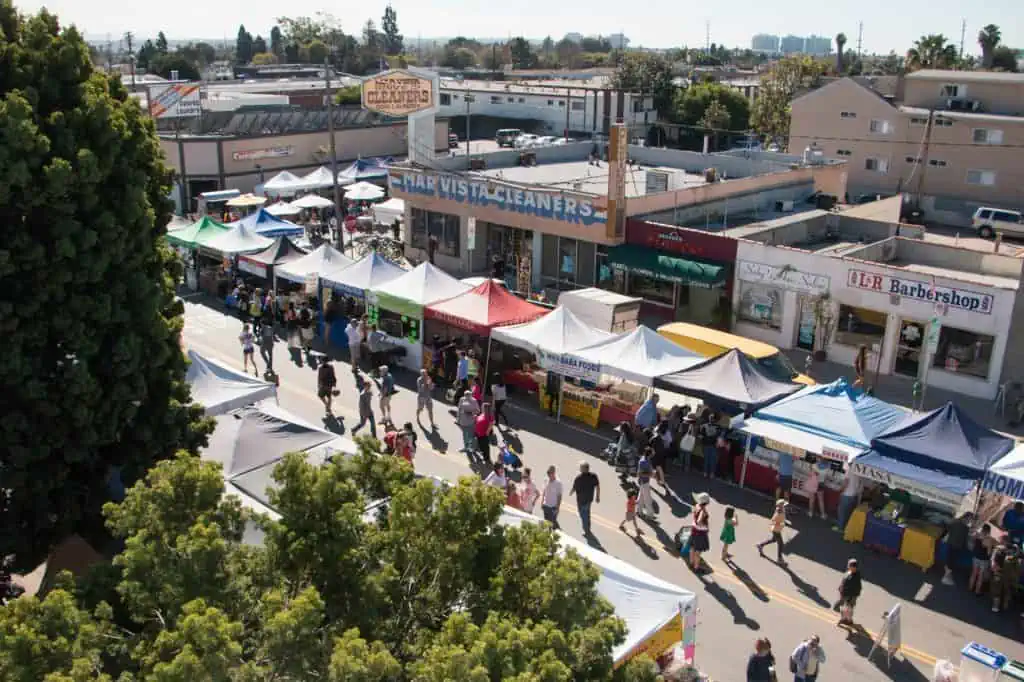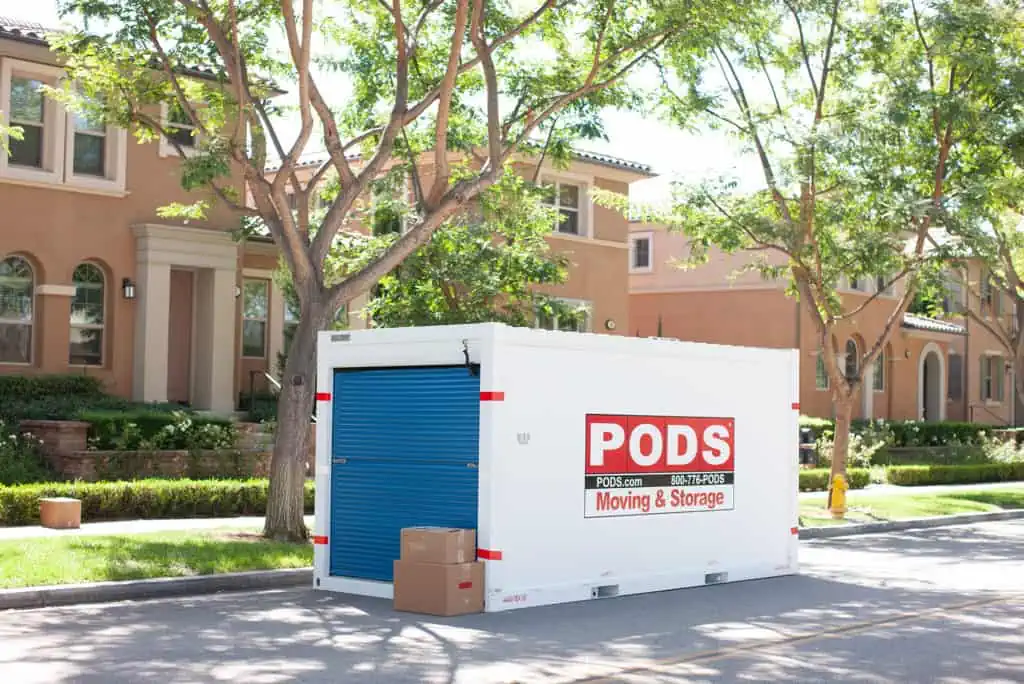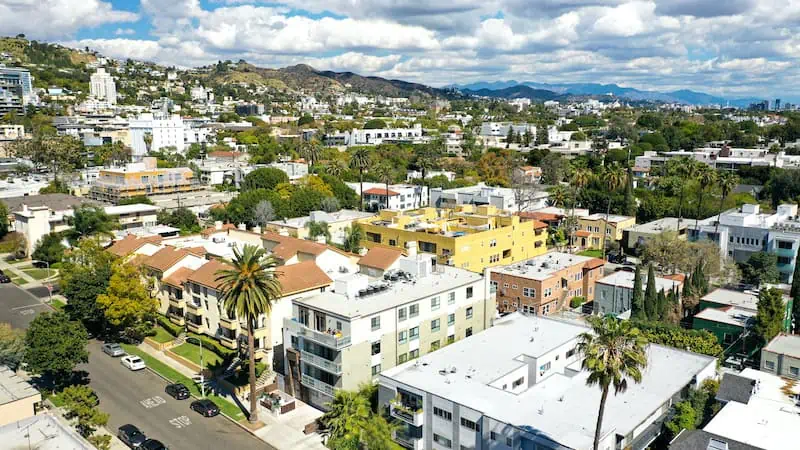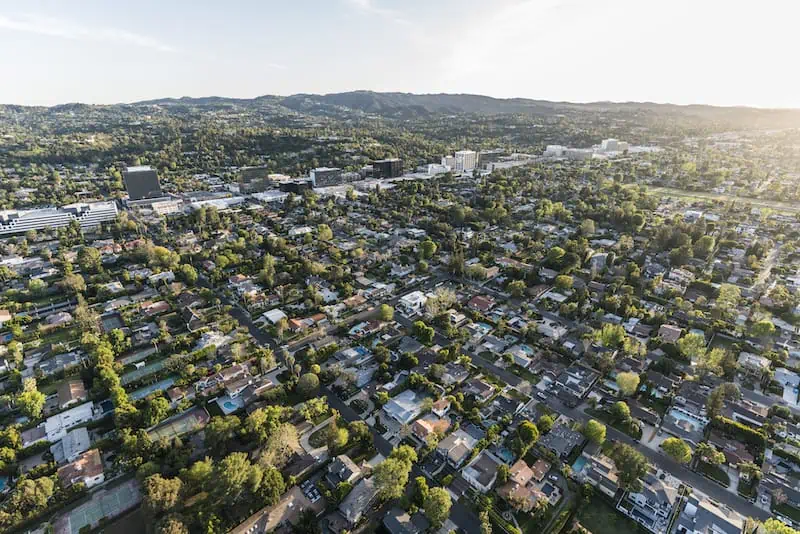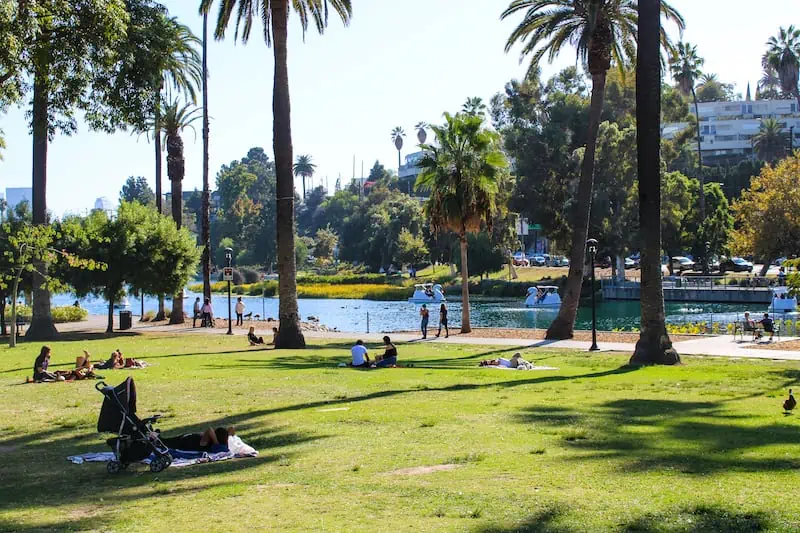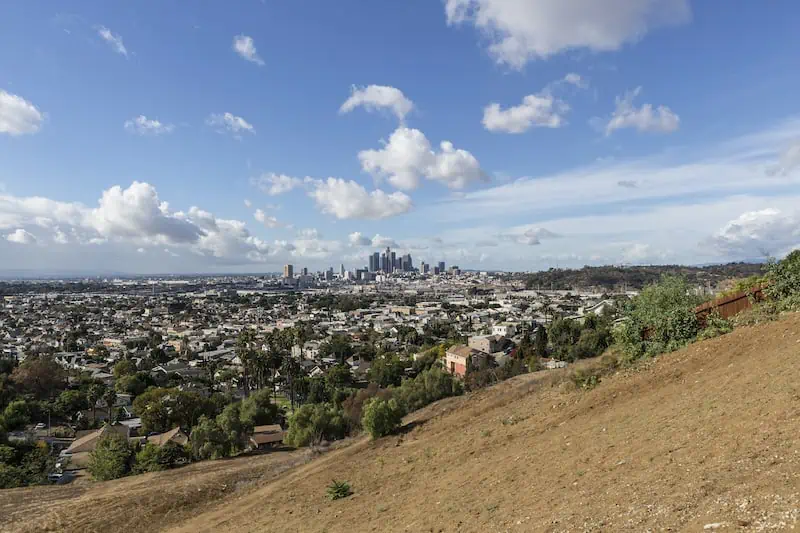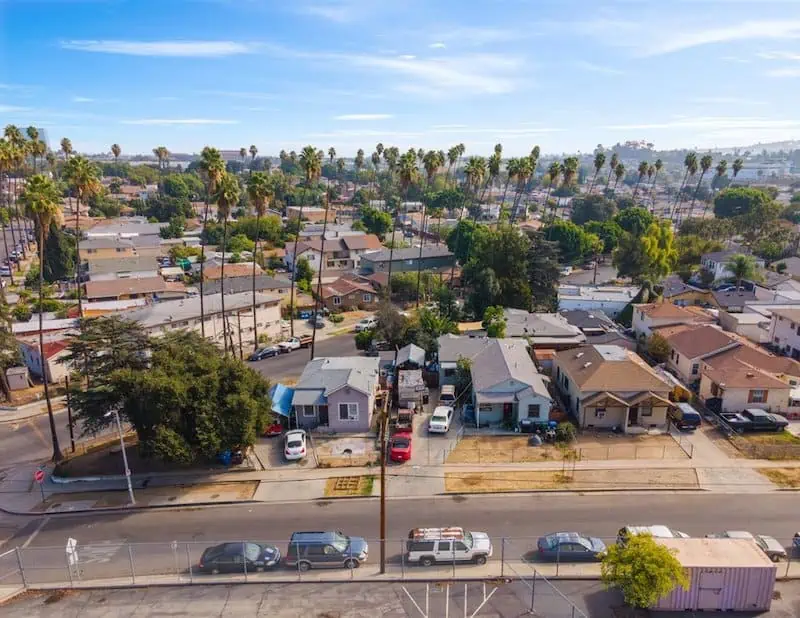Whether you’re planning a local move in Los Angeles, or arriving to L.A. from another city, you probably already know that your experience can go a lot of different ways depending on the choices you make during your planning phase. A little information can go a long way toward eliminating stress before, during, and after your move.
As someone who’s moved around L.A. and across the U.S., I can assure you that as challenging as moving may be in this city, there are steps you can take to make it much easier. And this is the perfect place to start: A guide to saving time and money when you’re moving in Los Angeles, based on HireAHelper’s data from completing nearly 19,000 household moves across L.A. County.
Hiring Los Angeles Movers
The most important factor in how smoothly your move will go is who you hire to help you. Just like in any city, in L.A. you’re going to find a mix of reliable, less reliable, and downright shady movers, so you’ll want to do your research. As a general rule, make sure they’re insured and licensed. It’s also helpful to look through reviews from prior customers and choose a company with lots of positive feedback across platforms.
Los Angeles Moving Options
If you’re moving to Los Angeles, you essentially have three ways to move:
- Do It Yourself (DIY). This is the most cost-effective way to move because, as it says on the tin, you’re pretty much planning to do everything yourself: packing boxes, loading your rental truck, and renting that truck in the first place. And while some people in their younger years can get away with bribing friends into helping them with some of that work in exchange for pizza and beer, I can attest that it gets harder and harder to go that route when your friend circle consists of harried adults with packed schedules and back problems.
- Hybrid. This type of move is meant to be the best of both worlds — DIY plus hiring a little help. You’ll save some money by renting the truck and doing the driving yourself, and you’ll also find professionals to help with the heavy lifting. This option is also useful if you’re using a storage container to transport your stuff. Professionals are experts at packing trucks and containers, and they’re quicker at it than you’ll be, so you might end up saving yourself time as well as money.
- Full-Service. With full-service moves, you’re not only paying a company to transport your items, but also to load and unload your belongings. They can even help with packing! If it’s within your budget, full-service moving can take a lot of the weight off your shoulders — and when it comes to moving, that pressure can be quite literal. If you’re moving long-distance or across the country, this option is particularly useful, as you can rest assured all the details are taken care of so you can focus on other aspects of your move. A word of caution, though: since you’re dealing with someone else’s timeline, this option is also the least flexible.
Planning Your Los Angeles Move
After choosing which option above best fits your needs, it’s time to plan the rest of the details. Here are some questions to sort out before hiring movers or otherwise finalizing your Los Angeles move.
How Much Do Movers in Los Angeles Cost?
According to HireAHelper’s data, hiring a moving company in Los Angeles costs $517 on average. This amounts to approximately $172 per hour (using the average time frame for a move). Of course, the price of moving can vary depending on various factors, including how many movers you’re expecting to help and how big of a house you’re moving.
“Consider [a medium rental] the Goldilocks of trucks, because it’s “just right” for most standard moves…[and] could fit anywhere from a one-bedroom to a three-bedroom apartment (up to 1,200 square feet).”
If you have an outsized number of belongings for your space, if you own any oversized or overweight furniture, or if you have anything especially fragile or difficult to move, make sure to mention this to your movers upfront, as this might factor into your quote. It’s better for everyone to know what to expect before the big day arrives!
The best way to budget is to look at quotes specific to your own move. You can start with this moving cost calculator.
See prices for local moving labor. Read real customer reviews. Easily book your help online.
How Long Does Moving in Los Angeles Take?
If you’re moving an entire house, it’s possible that the move will take almost a full day. On average, moves can take anywhere from 2 to 8 hours to complete. But generally speaking, the average Los Angeles move is about 3 hours.
How Many Movers Do I Need for my Move in Los Angeles?
Most moving companies will send a minimum of two movers for jobs that will take at least two hours. They might have specific requirements about how many you can, or must, reserve, depending on your move type. You can learn more about how to determine the number of movers you might need here. That being said, most L.A. area moves require two movers, according to data from HireAHelper.
What Size Truck Do I Need When Moving in Los Angeles?
The size of your moving truck all comes down to the size of your move — and that’s usually roughly estimated in terms of how many rooms you’re moving. Here are some of the standard moving truck sizes to consider:
- Small Truck (10–13 feet): Technically, this size truck could work for all move sizes if you don’t mind making multiple trips, but if you’re hiring hourly moving help, it’s best to reserve small trucks for moving studio apartments, or about 400–600 square feet of living space.
- Medium Truck (14–17 feet): Consider this the Goldilocks of trucks, because it’s “just right” for most standard moves. Depending on how much stuff you’ve actually got, this could fit anywhere from a one-bedroom to a three-bedroom apartment (up to 1,200 square feet).
- Large Truck (18–24 feet): If you live in a full-sized home with up to four bedrooms (1,200–1,800 square feet of living space), then you’ll definitely want this larger truck size.
- Extra-Large Truck (26+ feet): While I don’t know too many people personally with a minimum of five bedrooms in Los Angeles, I do know they exist. If this describes your home, it’s good to know there are extra-large moving trucks that can hold households of up to 2,400 square feet.
When Is the Best Time to Move in Los Angeles?
HireAHelper has collected the following data for the best times to move:
- Best Time of the Month to Move: The 13th is the least busy day of any calendar month to move in Los Angeles.
- Best Time of the Week to Move: Los Angeles’s least busy day of the week to move is Sunday.
- Best Time of the Day to Move: The least busy time of day to start a move in Los Angeles is around 7 a.m.
- Best Month to Move: This one really depends on your personal situation, like when your lease is up or how much cash you have on hand. If you’re looking to save some mula, Curbed reveals you might be able to get the best deals on rent in L.A. in November. On the other hand, if you care more about real estate scarcity, the best months for unit availability in Los Angeles are November and December, according to RentHop.
Good Luck with Your Move!
Even for the luckiest people, moving in Los Angeles is no walk in the park. My hope is that this guide can save you some headaches and spare your wallet. When you’re ready to take the plunge, explore your moving options with HireAHelper.com.







